News
🔍 The latest in AI for retail security!
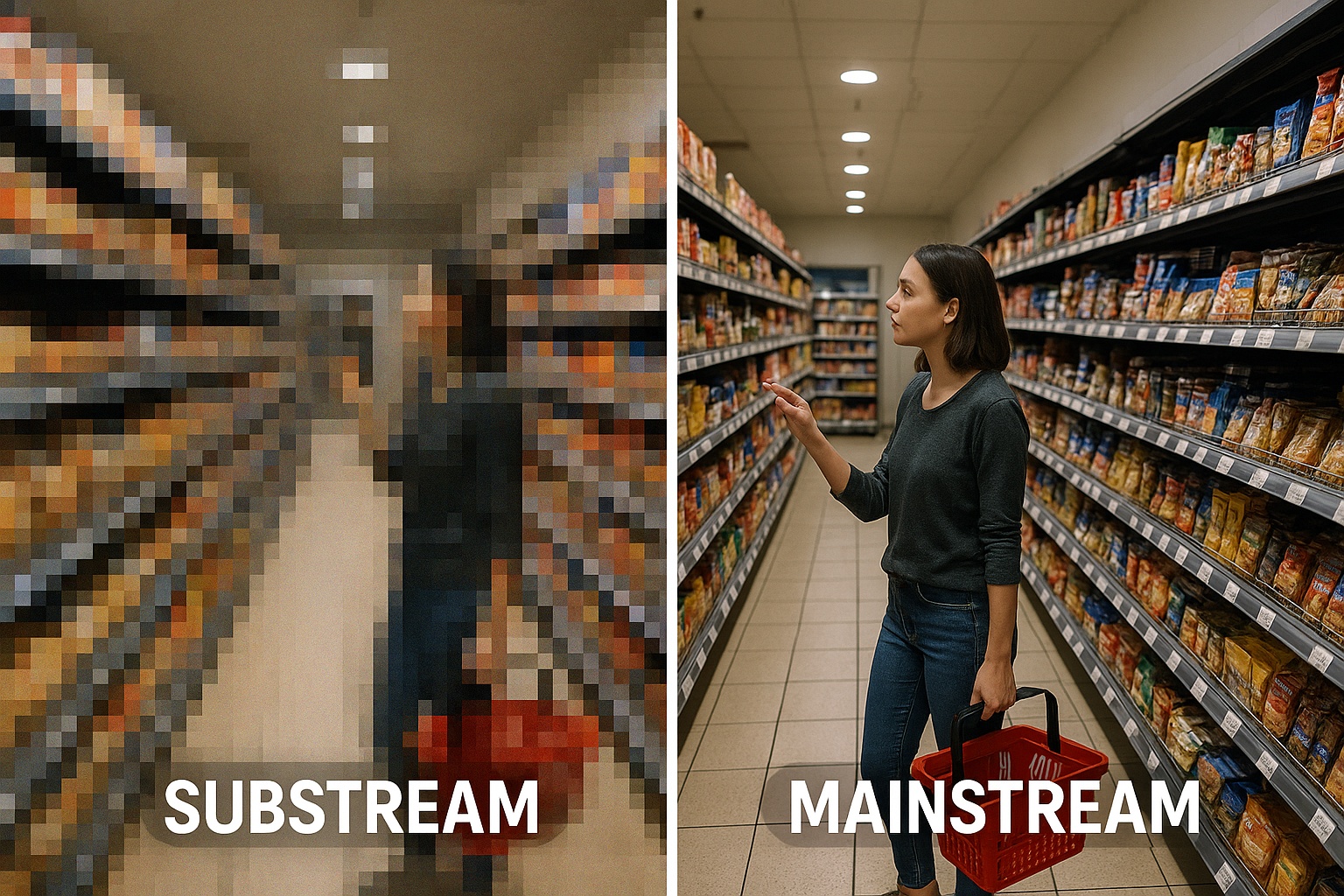
Why Mainstream Analysis Is Essential for Quality Video Analysis
Understanding the two approaches: Mainstream and Substream In-store video analysis relies on data streams captured by cameras installed in the commercial environment. These streams can be processed using two approaches: *mainstream* and *substream*. The mainstream corresponds to the primary video stream, usually in high definition, which
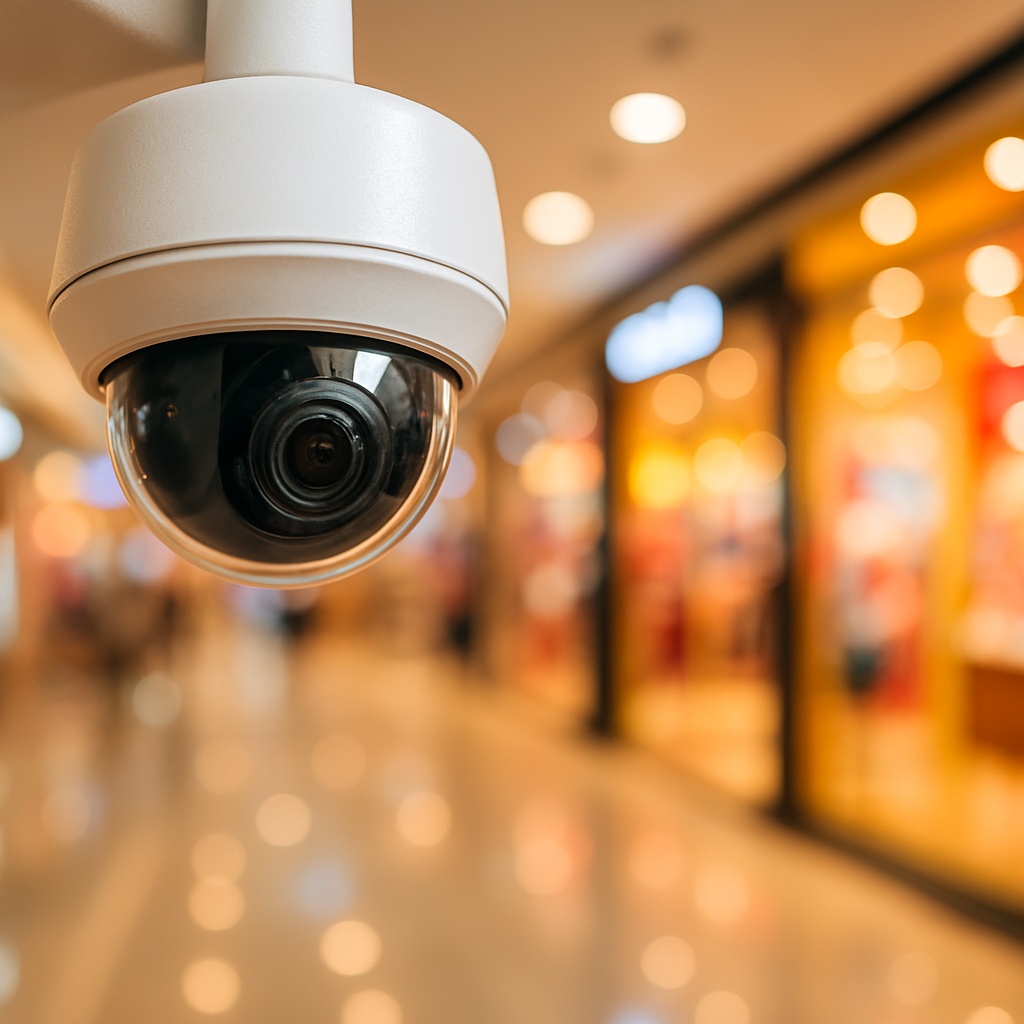
Real-Time Fall Detection: How AI Helps Protect Stores, Hospitals, and Warehouses
Enhancing in-store security: the advantage of fall and medical incident detection by artificial intelligence 🚑 The safety of customers and employees is a top priority for any retail space, whether it's a supermarket, a pharmacy, or a hardware store. Beyond the risks of theft,

How AI Combats Shrinkage and Protects Your Retail Chains
The challenge of shrinkage for retail chains 🛒 Shrinkage, which includes shoplifting, administrative errors, and supplier fraud, represents a considerable loss of revenue for retail chains. Whether for supermarkets, pharmacies, or stores of
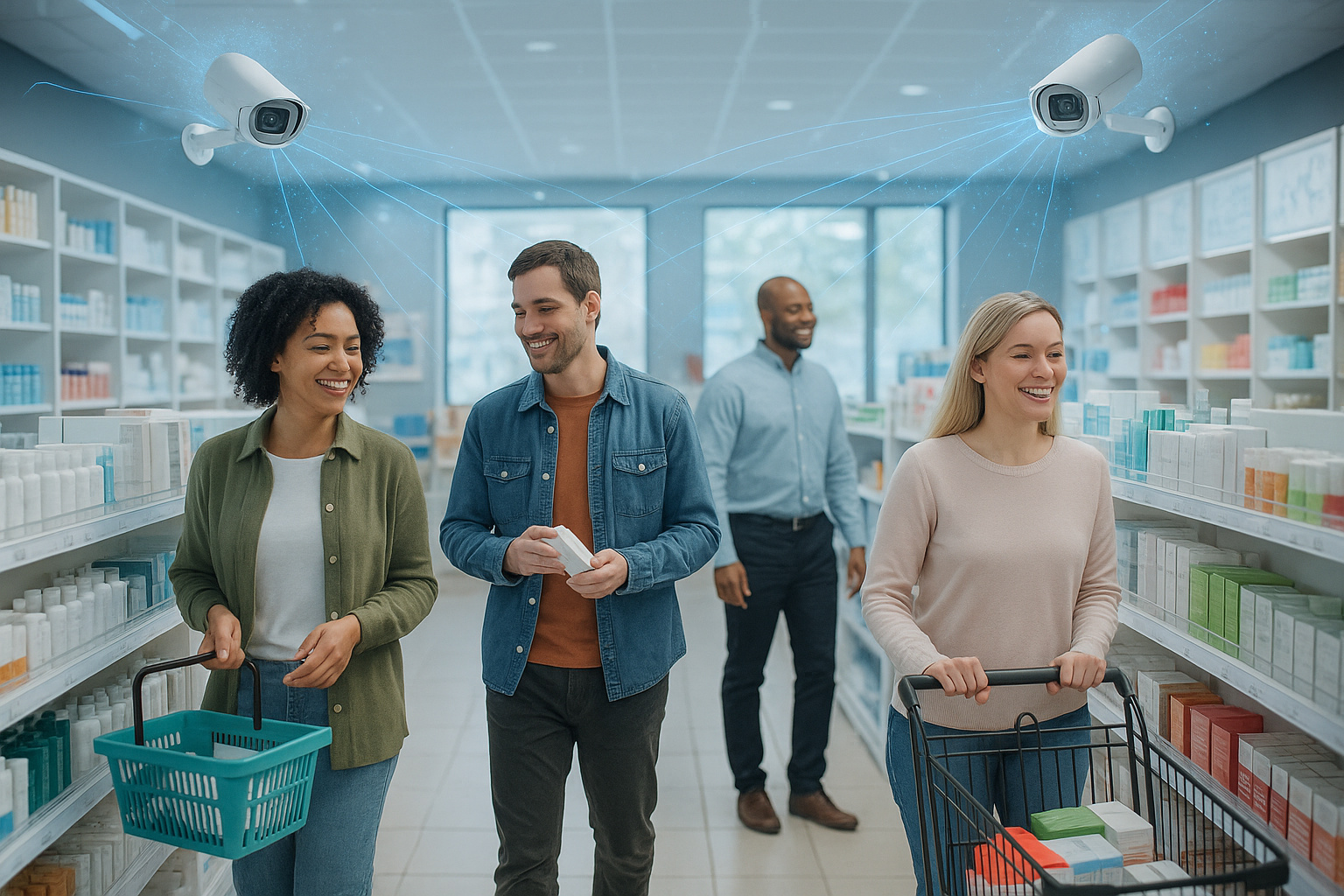
Shrinkage: The Guide to Understanding, Calculating, and Taking Action in Retail
🧵 Understand and Act: What Is Shrinkage and Why Does It Impact Your Business? Shrinkage, the discrepancy between your theoretical inventory (what your records show) and the actual stock counted during a physical inventory, represents much more than a simple accounting difference. It is a net loss
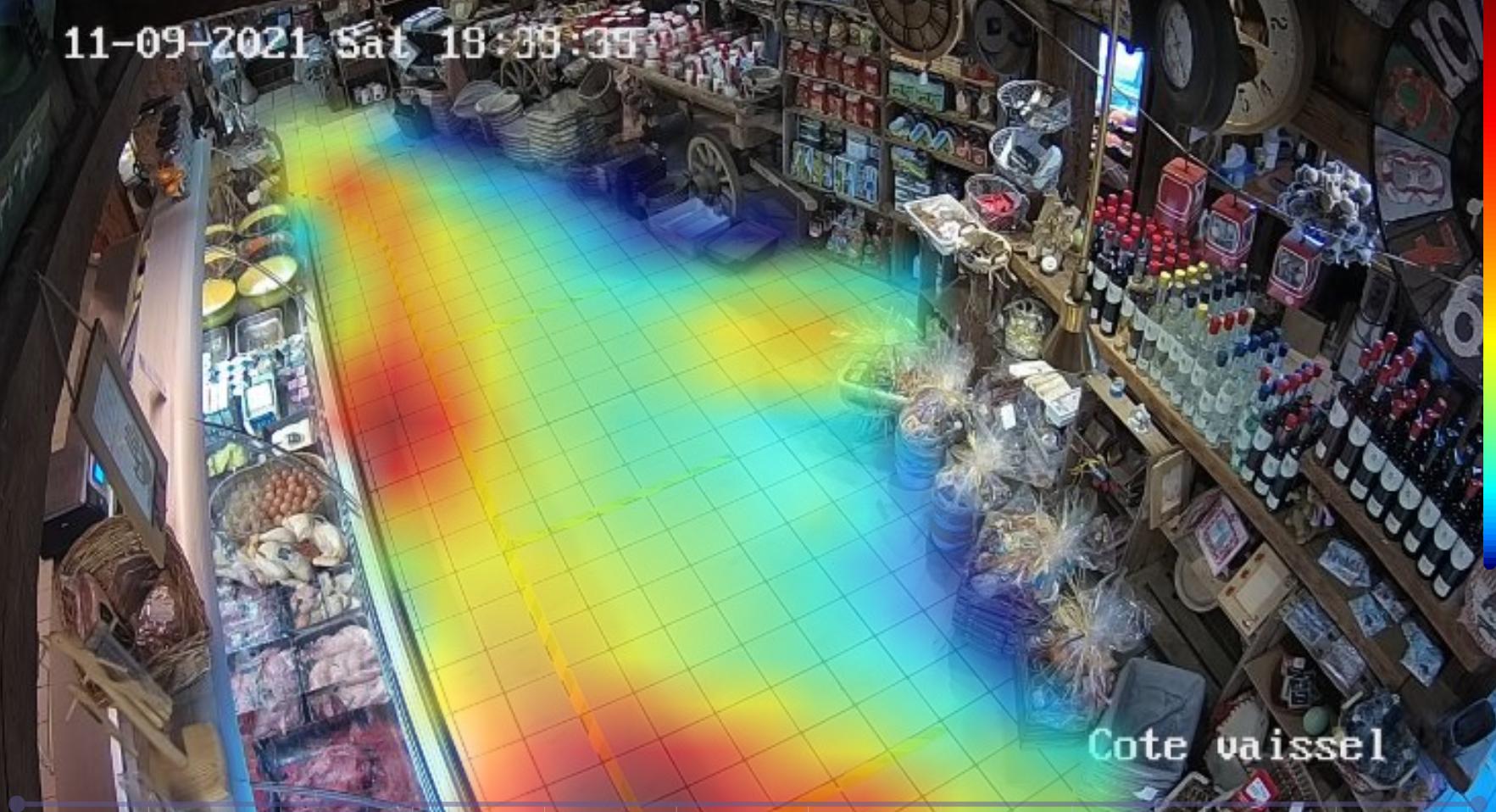
Optimize Your Sales Floor with Smart Heatmaps
Heatmaps are visual representations of spatial data that show where customers spend the most time in a store. Thanks to artificial intelligence and the surveillance cameras already present in many points of sale, these maps accurately reveal the areas
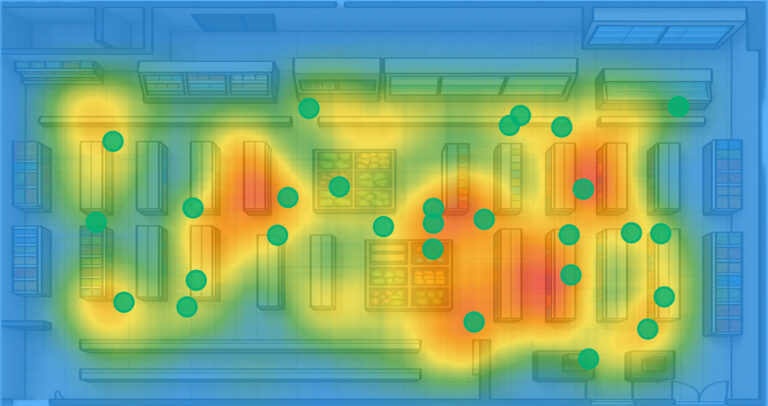
Mapping Suspicious Gestures: Anticipate Risks Before They Become Losses
A new dimension in the analysis of suspicious in-store behavior Adopting suspicious gesture heatmaps allows stores to transform complex data into clear, actionable visual information. These visualizations identify 'hot' zones—that is, those where suspicious gestures or at-risk behaviors
